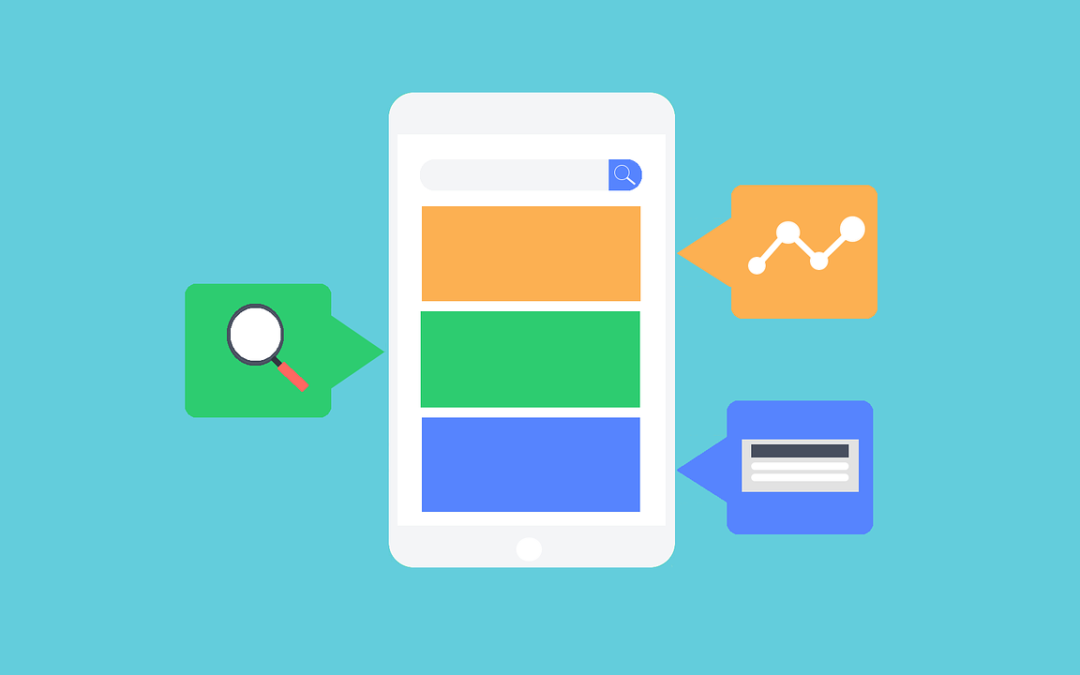Ad Copy Testing for Google Ads: Why It’s Essential and How to Do It
Introduction
If you’re running Google Ads, you know that good ad copy can make or break your campaign. The best way to find out what works is by testing different versions of your ads. This is called ad copy testing, and it’s a smart way to improve performance and get better results from your advertising spend.
What is Ad Copy Testing in Google Ads?
Ad copy testing means trying out different versions of your ad to see which one works best. It could be changing the headline, call-to-action (CTA), or even the keywords in your ad. The goal is to figure out which version gets the most clicks, leads, or sales.
Why Test Ad Copy?
- Better Results: Testing different ad copy can help you increase your click-through rate (CTR) and conversions.
- Improved Quality Score: Google gives higher Quality Scores to ads that perform well. This can lower your cost per click (CPC).
- Audience Insights: Testing helps you learn what your audience responds to, so you can create more effective ads in the future.
Types of Ad Copy Tests
- A/B Testing: You create two versions of your ad (version A and version B) and see which one performs better. For example, you could test two different headlines.
- Multivariate Testing: This is more advanced. You test several elements at once, like headlines, descriptions, and CTAs, to see which combination works best.
Key Elements to Test in Ad Copy
- Headlines: The headline is the first thing people see. Test different messages to see which grabs the most attention.
- Descriptions: Try using different tones, like friendly or professional, to see what works better.
- Call to Action (CTA): Test phrases like “Buy Now” vs. “Learn More” to see which encourages more clicks.
- Keywords: You can also test different keywords in your ad copy to see if they attract more relevant traffic.
How to Conduct Ad Copy Testing
- Create Ad Variations: In Google Ads, set up multiple versions of your ad within the same ad group.
- Monitor Performance: Let the ads run for a while so you can gather enough data.
- Analyze Results: Look at metrics like CTR, conversion rate, and cost-per-click to decide which ad performed best.
Best Practices for Ad Copy Testing
- Change One Thing at a Time: If you change too many things at once, it will be hard to know what made the difference.
- Run Tests Long Enough: Give each test enough time to collect meaningful data.
- Optimize Based on Data: Use the results to refine your ad copy and improve performance over time.
Analyzing Your Results
Once you’ve run your tests, it’s time to analyze the results. Look at:
- Click-Through Rate (CTR): How many people clicked on your ad compared to how many saw it.
- Conversion Rate: How many people who clicked actually completed the action (like making a purchase or filling out a form).
- Cost Per Click (CPC): How much you’re paying for each click.
Conclusion
Testing your ad copy is essential for getting the most out of your Google Ads campaigns. By continuously experimenting with headlines, descriptions, and CTAs, you can improve your ad performance, lower costs, and attract more qualified leads.


Recent Comments